Dual Motor vs. Single Motor Ebikes: A Comparative Analysis
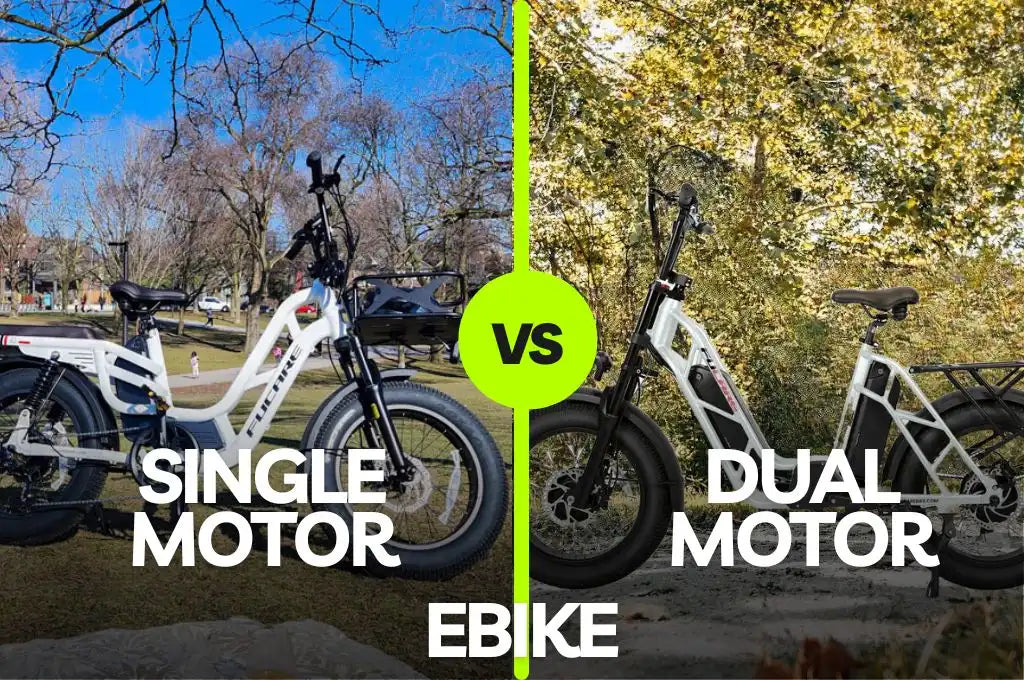
A frequent question that arises when discussing ebikes is whether a dual motor ebike outperforms a single-motor model.
Each option comes with its own set of advantages and disadvantages, often leaving riders uncertain about which one will best meet their needs.
It's important to remember that both options can offer an enjoyable and convenient experience. However, when selecting an ebike, the decision shouldn't solely be based on price. Instead, consider which type aligns with your specific needs and will provide the most enjoyment and ease of use for your riding style!
The Pros and Cons of Dual Motor E-Bikes
Pros:
Enhanced Torque and Hill-Climbing Performance
Dual-motor electric bikes are equipped with two electric motors, typically located near the front and rear wheels. These motors, working in tandem with an intelligent control system, deliver substantial torque. Compared to single-motor models, dual-motor systems provide significantly greater climbing power, making it easier to tackle steep inclines. Whether you're exploring mountainous trails or navigating urban hills, dual motors offer a more confident and effortless riding experience.
Superior Traction and Stability
The dual-motor configuration distributes power to both wheels, resulting in enhanced traction. This is particularly beneficial on slippery or uneven surfaces, as it reduces the risk of wheel slip and improves overall stability. Additionally, many dual-motor systems incorporate torque vectoring technology, allowing for precise power distribution to each wheel based on road conditions and rider input. This further enhances handling and control.
Increased Acceleration and Speed
Craving speed? Dual motor e-bikes deliver. With two motors working together, you'll experience blazing acceleration and reach top speeds quickly. Whether you need to merge into traffic or overtake slower riders, the dual motor setup ensures you'll always be in control. Enjoy a thrilling, high-performance ride that's sure to impress.
Cons:
Elevated Price Point
Dual motor e-bikes come with a more substantial price tag, primarily because of the inclusion of an additional motor and the extra components required to support it. The enhanced power and performance offered by these e-bikes necessitate more advanced engineering, which, in turn, drives up the cost. As a result, riders looking to invest in a dual motor model should be prepared to pay a premium over their single motor counterparts.
Additional Weight and Its Effects
The introduction of a second motor inevitably adds more weight to the e-bike. This increase in weight doesn't just impact the physical handling of the bike; it can also influence its overall efficiency. The heavier load might lead to a reduced range, as the battery has to work harder to power the additional motor, especially on longer rides or when climbing steep inclines. Riders may notice a difference in how the bike handles, particularly in terms of maneuverability and ease of transport.
Increased Maintenance Demands
With the complexity of having two motors, dual motor e-bikes are often more demanding in terms of maintenance. The presence of additional components means there are more parts that could potentially need attention over time. This could translate into more frequent maintenance checks, troubleshooting, and possibly a higher likelihood of requiring repairs. Owners of dual motor e-bikes should be prepared for the possibility of spending more time and money on keeping their bike in optimal working condition.
The Pros and Cons of Single Motor E-Bikes
Pros:
Simplicity and Cost-Effectiveness
One of the key advantages of single motor e-bikes lies in their simple and straightforward design. This simplicity translates into lower production costs, making these models more budget-friendly for consumers. With fewer components and a less complex construction, manufacturers can offer single motor e-bikes at a more accessible price point. This makes them an attractive option for those seeking an affordable entry into the world of electric biking without compromising on essential functionality.
Enhanced Efficiency and Extended Range
The single motor configuration is often associated with greater energy efficiency. Since there’s only one motor drawing power from the battery, these e-bikes tend to optimize their energy usage more effectively. This can result in a longer range on a single charge, allowing riders to cover greater distances without worrying about running out of battery power. For daily commuters and those who prioritize range over raw power, single motor e-bikes offer a practical solution that balances performance with endurance.
Ease of Maintenance and Lower Upkeep Cost
With a single motor and fewer components overall, maintenance becomes a less burdensome task. Single motor e-bikes generally require less frequent servicing, as there are fewer parts that can wear out or malfunction over time. This ease of maintenance not only reduces the time and effort needed to keep the bike in good condition but also lowers long-term upkeep costs. Riders can enjoy the peace of mind that comes with owning a more straightforward machine that demands less attention and fewer repairs.
Cons:
Challenges in Hill Climbing
Although single motor e-bikes are quite capable in most scenarios, they may face challenges when it comes to tackling steep hills. The motor might struggle to maintain consistent power output on inclines, particularly if the rider is carrying heavy loads. In such situations, the bike may slow down or require more effort from the rider to ascend. While still functional, single motor e-bikes may not deliver the same level of performance on hilly terrain as their dual motor counterparts.
Limitations in Off-Road Environments
For those who enjoy off-road adventures, the single motor setup might not provide the same level of traction and control as a dual motor configuration. When navigating rough, uneven terrain, the bike may have difficulty maintaining grip, especially in challenging conditions like loose gravel, mud, or snow. Riders seeking robust off-road capability might find that a dual motor e-bike offers better stability and control, making it a more suitable choice for adventurous rides off the beaten path.
Conclusion
In the end, the choice between a dual motor and a single motor e-bike comes down to your specific needs and preferences. Both options have their own set of strengths, and the best e-bike for you will depend on your individual riding habits, terrain, and desired performance. Whether you opt for the power-packed versatility of a dual motor e-bike or the streamlined efficiency of a single motor model, you're sure to enjoy the numerous benefits that electric biking has to offer.
By carefully weighing the pros and cons of each type, you can select an e-bike that aligns perfectly with your lifestyle and riding goals, ensuring a satisfying and enjoyable experience every time you hit the road or trail.
Continue reading
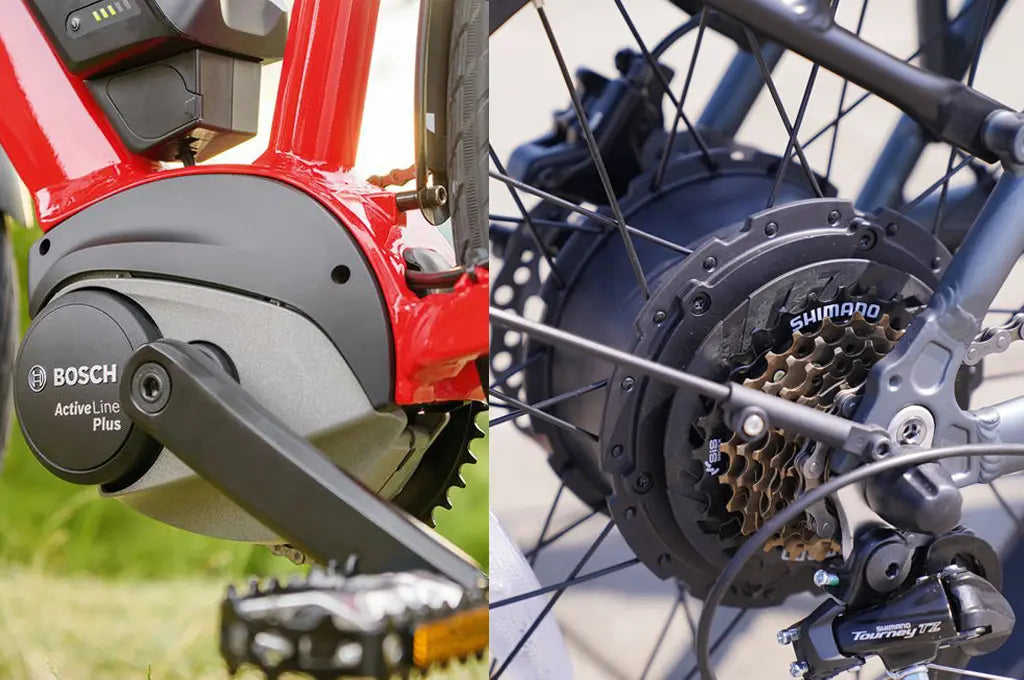
Mid Drive vs. Hub Motor eBikes: A Comprehensive Comparison
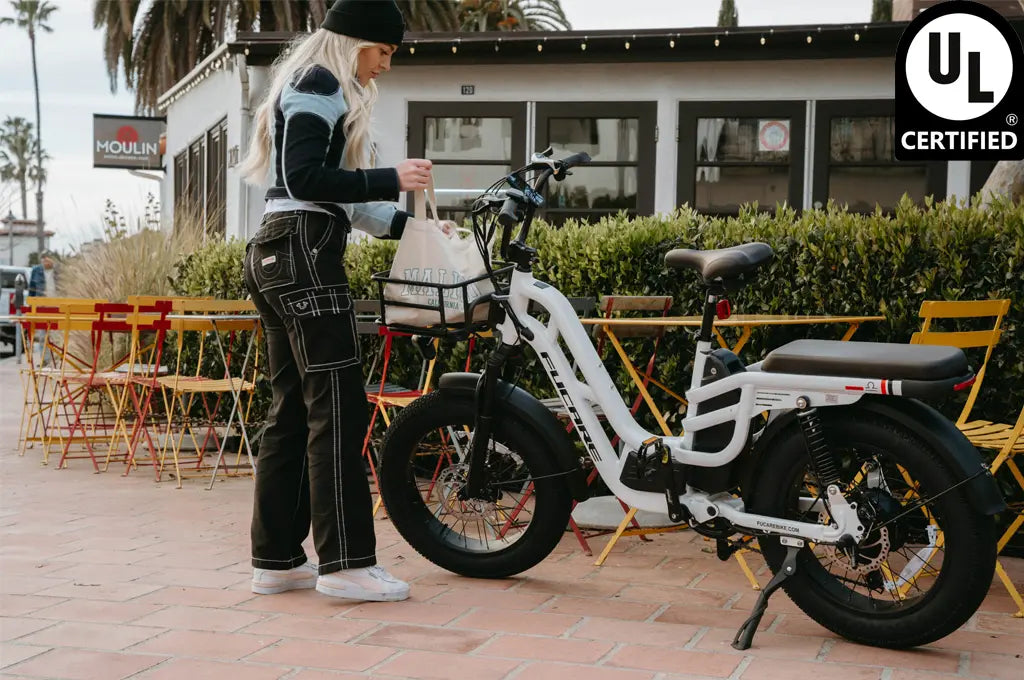




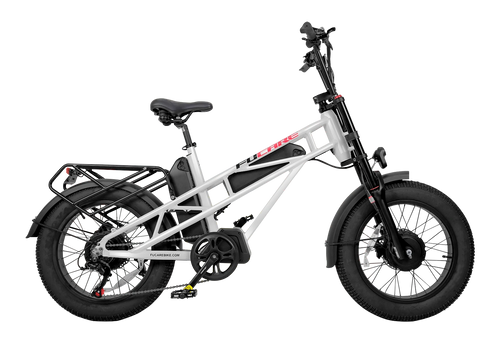
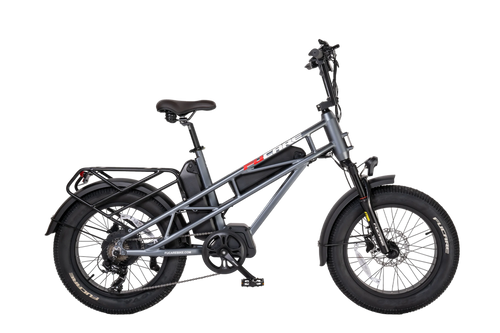
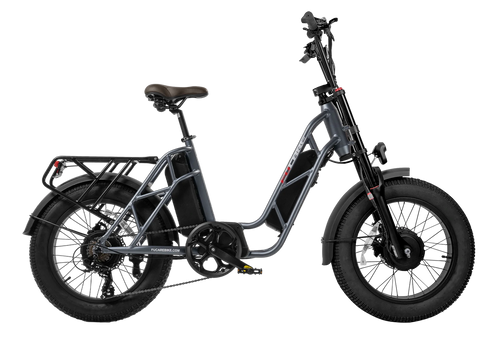
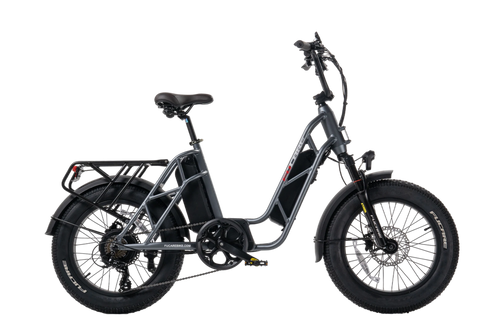



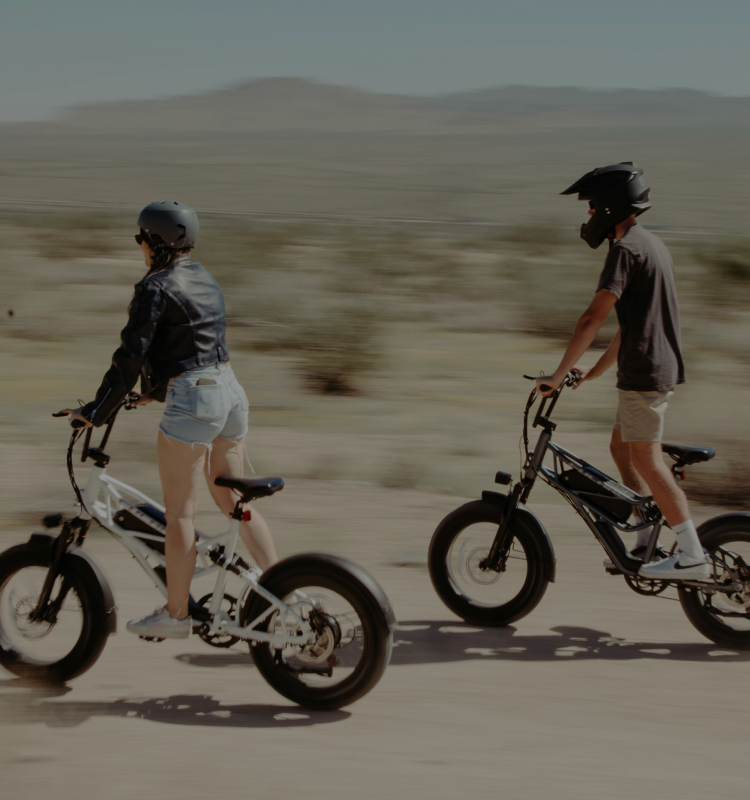
2 comments
mitch
you planning to build a reverse trike anytime soon . prefer one that the front wheels lean in corners
you planning to build a reverse trike anytime soon . prefer one that the front wheels lean in corners
Noel Dunnavan
Best equipment in my humble opinion would be a single (rear-wheel) motor with dual batteries for increased range AND Front & Rear wheel suspension.
That would benefit both traction and endurance/range and offer the best handling overall.
Best equipment in my humble opinion would be a single (rear-wheel) motor with dual batteries for increased range AND Front & Rear wheel suspension.
That would benefit both traction and endurance/range and offer the best handling overall.